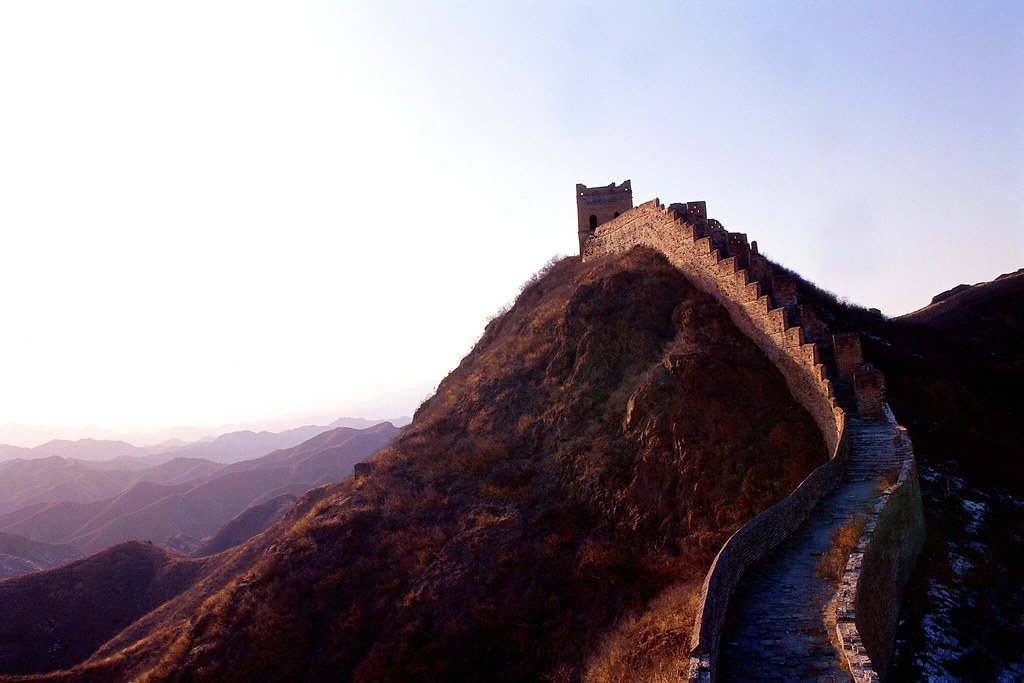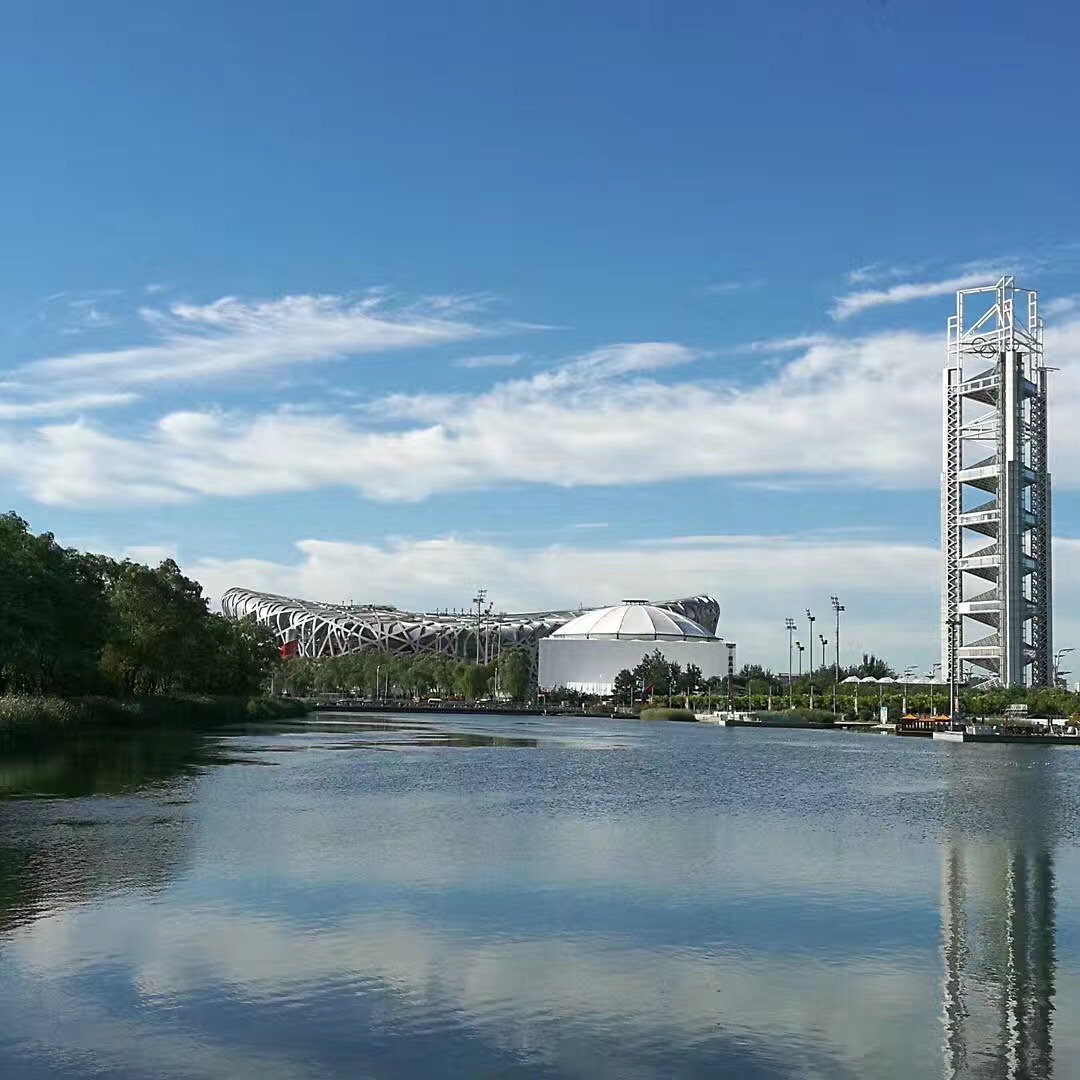


“A photo gallery of the Exibition” – My Own Photography – licensed under CC BY-NC 4.0.
“I hope that one day in the future I can go to Beijing to see the Forbidden City.” This is from an interview in the Tianya community with a New Zealander of Chinese descent, who was asked by the interviewer regarding his birthday wishes in 2011. It’s fascinating to look back on how people thought about the future. With the continuous development of digital technology, virtual museums, which were regarded as a ridiculous idea, were designed and became a reality one day.
Museums embody the civilisation of a country and are an essential part of cultural transmission. Next, let’s take a look at how the Forbidden City 2021 Cloud exhibition meets the needs of audiences at all ages, from domestic ones to foreign ones, to enhance the cultural economy in this special period.




Applications

AR & VR
Some data…
On the occasion of the 600th anniversary of the Forbidden City, the Palace held an exhibition on the theme of ‘Ruyi’. The exhibition features 5 units with nearly 2,000 different Ruyi. On site, the Forbidden City Museum has developed four kinds of applications, so that elderly visitors who cannot read the text introduction and children who cannot understand the introduction can use different applications to visit the exhibition. In addition, people at home and abroad can visit over 1.86 million collections for free through the digital heritage library. This year, the Palace’s virtual museum system added VR capabilities, with a full 360-degree view providing an immersive experience for visitors, in a desperate attempt to bridge the gap between online usage and offline usage.
On social media, the Forbidden City Museum actively posted event descriptions and live images of it, gaining a large number of followers (10.16 million on Weibo, a popular social media platform in China, and an average of over 10 million readers of WeChat posts…). It increases audience interaction and facilitate communication through discussions and prize draws.
Likewise, souvenirs are essential parts of the exhibition. The Forbidden City has set up an online shop on China’s largest shopping platform and has gained 7.34 million followers, posting over a hundred cultural and creative products on it, with sales of over 100 million.

“The Forbidden City” by Wang is licensed under CC BY-NC-SA 2.0
Some voices….
For this particular exhibition, I spoke to two representatives who expressed different views.
Ban, a Chinese student who lives in the US now
“Digital technology is widely used in museums and plays an important role in enhancing the expressive power of displays, and enriching the visitor experience. It also enhances information dissemination and communication, and increases the vividness, interest, participation and interactivity of displays. It provides a good interactive virtual experience for traditional museums as well as a convenient way to preserve the complete information of cultural relics.”
Shao, a corporate communications executive in China
“Firstly, the decline of museums is related to the development of electronic media. People can download images of objects and related materials from the internet, thereby reducing the number of museum visits. Secondly, there is a tendency for museum exhibitions to misuse new technologies regardless of the occasion and conditions. Thirdly, some digital media exhibitions do not have a clear exhibition purpose, which results in the visitors’ loss of interests in some of exhibitions.”
It is clear to see that neither side denies the significant contribution of digital technology to museums, but the challenge that museums still face is how to make better use of digital technology in the future. So what are your thoughts on this? Think about the technologies of ten years from now and dare to write about them in the comments!

All images and media in this blog are used under fair usage for educational purposes.












